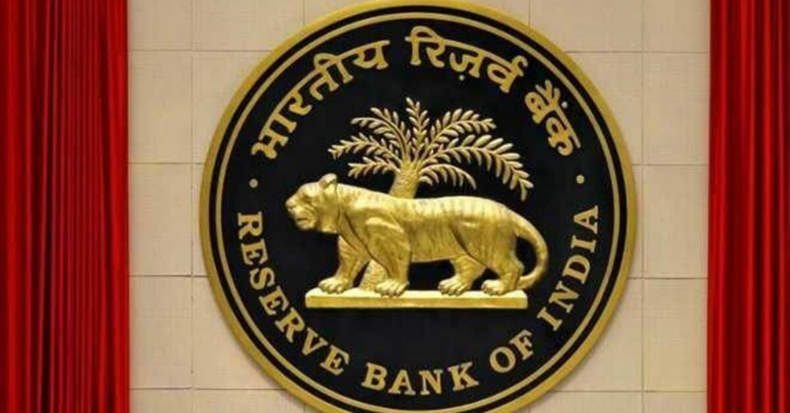RBI’s Monetary Policy Committee presented its third bi-monthly monetary policy for FY22 on Friday, 08 October 2021. It gave the status on interest rates and accommodative stances.
On 08 October 2021, Monetary policy committee of RBI presented its third bi-monthly monetary policy for FY22.
Since March 2020, RBI reduced repo rates two times, one in March 2020 and another in May 2020. Since then, the RBI has prevented any action on interest rates for some time.
This policy continued because of gradual improvement in domestic economic conditions and increased vaccination pace, boosting consumer sentiments and confidence.
In the previous MPC meet, RBI Governor Shaktikanta Das announced no changes in repo rate and to continue with accommodative stances for some more time to support the growth. Reverse rate will be unchanged at 3.35%.
As there was the announcement of the Monetary policy review, while announcing the review, the committee retained the growth forecast for FY22 at 9.5% and lowered its projection for retail inflation.
Now let’s take a look and understand some critical points from the RBI report review.
- Normalisation of India’s Economy: As India’s economy largely affected and curbed by the Covid-19, it’s finally normalising since June, 2021. Urban demands are supposed to accelerate soon due to relaxation in restrictions and growth of vaccination rate.
- Adherent environment for new investments: As the Government is focussing on capital expenditure and reforms push, it’s providing a comfortable space for investments. There are signs of an increase in new investments in coming years.
- A better growth of GDP: As Professional GDP surveys are going on, some issued a real GDP growth from 20.1% in Q1 of 2021-22 to 5.9% in Q4. GDP growth for Q1 of FY23 is projected at 17.2%
- Inflation Projections: It was expected that median inflation for urban households would come down and it came down by 50 points and for one year, it was 60 points.
- Hike in prices of raw materials and selling prices: Polls of manufacturing firms in July-September 2021 showed that there would be an increase in prices of raw materials for products which eventually will increase the selling prices as well.
- Risks of Upside down: There may be some global commodity price hiking, especially crude oil, which can also affect the economy and create disruptions.
- Liquidity conditions: Currently, money market rates are traded below the reverse repo rates, which are going to be the same. On average, it sold 17 basis points below the points during the first half of the current financial year.
- International environment: prices of crude oil started to increase in the second week of July. Due to capital flows, Market currencies depreciated, and the US dollar strengthened as expected.
Effects of Increase in price of Crude oil
An increase in the prices of crude oil affects inflation. It can also affect GDP growth. Hence, there can be significant effects of international crude oil and fuels prices on monetary policy and inflation in India.
RBI has also planned to increase the transaction limit of IMPS to Rs. 5 Lakh, which was Rs. 2 lakh.
With this, RBI said that this will help digital payments to be increased and will provide an additional facility for customers to make digital payments beyond two lakhs. RBI proposed digital transactions in offline mode as well, which can help many customers.
Many analysts said that a stable repo rate would better recover India’s housing sector. However, some noted that this repo rate would surely increase in the December policy.













